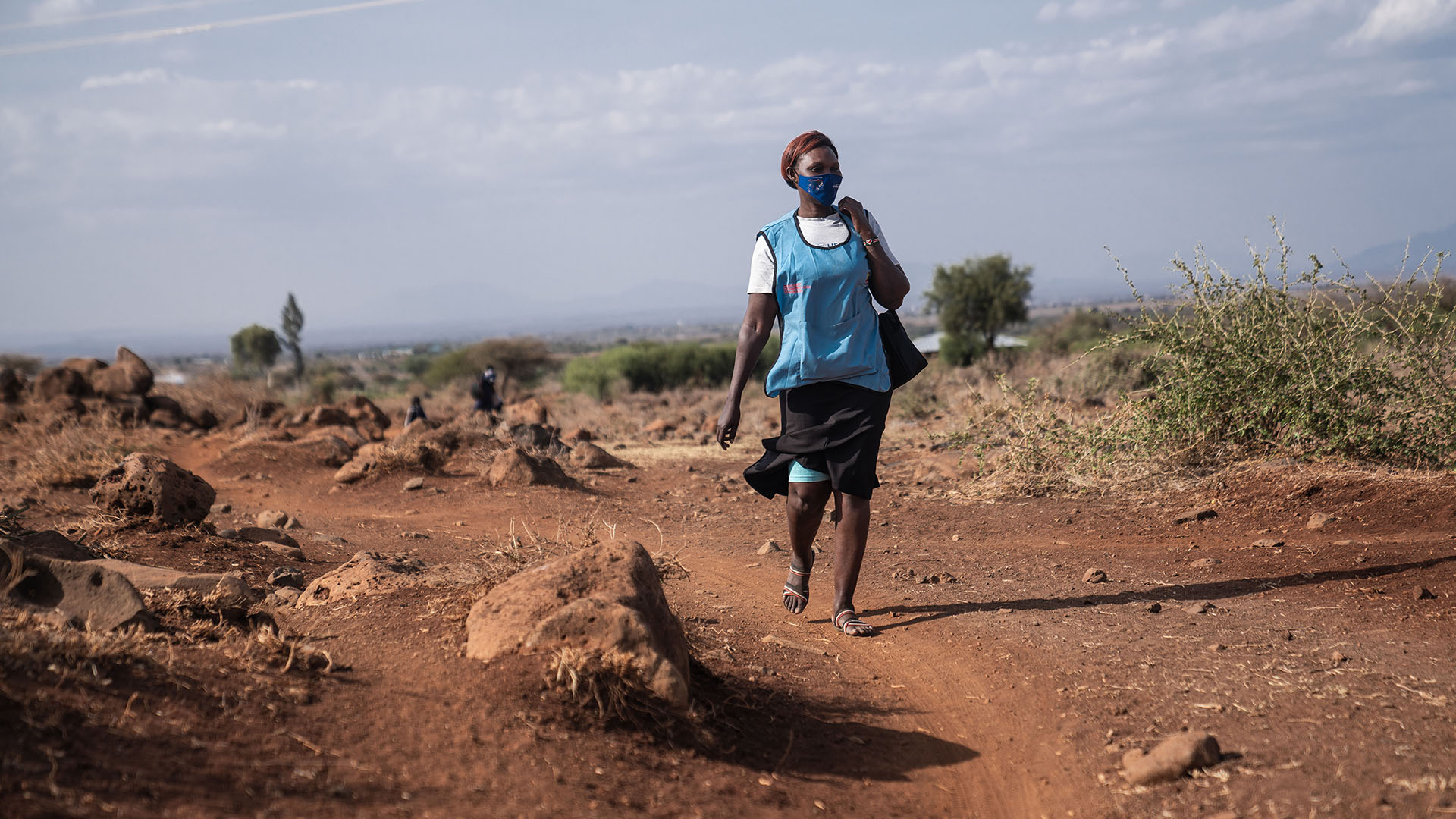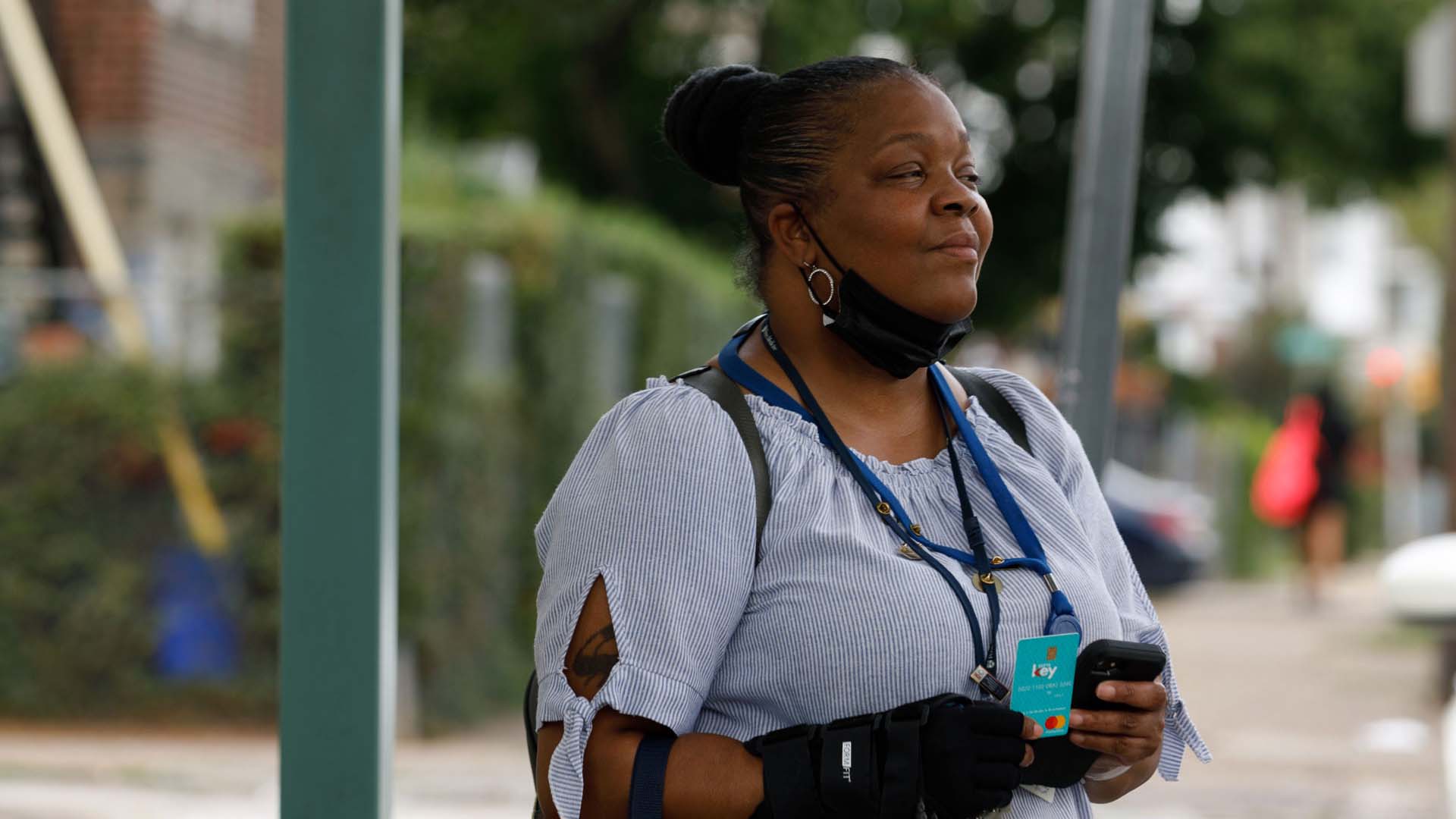
Delivering healthcare across the urban-rural divide
In China, remote training is helping to improve heart health outcomes for patients in rural areas.
Studies show that where people live is a key determinant of good health and that inequities in access to and quality of care between urban and rural communities is one of the major barriers to universal healthcare. The statistics are stark: 56 per cent of the global rural population lack healthcare compared with 22 per cent of those living in urban areas. These kinds of inequities have led the World Health Organization (WHO) to call for a “fundamental shift” in how healthcare is delivered and an increased focus on “the needs of people and communities”.

In China, where 39 per cent of the population lives in rural areas, remote technologies are now being rolled out to improve access to healthcare and build capacity outside of the towns and cities. These platforms enable rural healthcare workers to perform vital procedures in the communities they serve and also allow specialist physicians to deploy their expertise remotely, thus providing access to specialised procedures that were previously only available in major urban centres.
Cardiovascular-related procedures are of particular importance in China where cardiovascular disease requires “the attention and action of the whole society,” according to Dr Ma Changsheng, Director of the Cardiology Department at Beijing Anzhen Hospital, and Professor of Medicine and Chair of Faculty of Cardiovascular Disease at Capital Medical University.

The prevalence of irregular heartbeat – or atrial fibrillation (AFib) – has been rising year by year, with the latest data showing that nearly eight million people in the country have the condition. Yet awareness of the disease among patients is low, Dr Ma explains.
“About one-third of patients do not know that they suffer from it. Without proper treatment, AFib can cause a significant decrease in the quality of life for patients” he says. “More dangerously, it can increase the risk of serious consequences such as stroke, heart failure or even death.”
A longstanding telehealth advocate, Dr Ma is now striving to improve diagnosis and treatment of AFib through the government-backed Cardiovascular Disease Quality Initiative, and is emphatic about the need for high-quality training for the physicians who specialise in the treatment of irregular heart rhythms.
He is also a pioneer of the procedure used to treat AFib – radiofrequency ablation (RFA) – in which a thin wire is passed through a vein into the affected area of the heart then heated to destroy any tissue that may be causing the irregularity.
“Patients in big cities are more likely to receive up-to-standard, higher-quality treatment,” Dr Ma explains. “Although the number of electrophysiologists is rising, economically under-developed areas still face problems such as technical barriers, lack of equipment, insufficient experience in procedures, and failure to meet treatment standards. All of these need to be optimised or improved.”

Alongside hands-on training and mentoring at universities such as Beijing Anzhen Hospital where Dr Ma works, remote or tele-training can accelerate this optimisation. Dr Ma currently participates in online conferences, virtual ward rounds, live remote procedures and online lectures, and plans to set up remote tutorials so doctors across China “can learn the key aspects of the entire procedure process” using sophisticated models to replicate the operation room environment.
He also believes that this is only the beginning of collaboration across different platforms to improve outcomes for heart patients in China and develop a wider network of expertise.
“We often say that it is hard to tell the true time with two watches. As we have access to abundant knowledge and increasing learning opportunities, we need to develop consistent tutorials that provide sufficient and high-quality learning materials,” he says.

“We are also committed to establishing an open real-time procedure communication platform to facilitate exchanges and interaction in the best way. The centres with more experience can join discussions to find the best solutions for the cases that local hospitals can’t handle.”
If Dr Ma’s efforts illustrate the vital role that technology can play in balancing healthcare outcomes in urban and rural settings, they also highlight the potential power of combining technological innovation and a community-oriented approach to health care to better reach and serve patients wherever they live.










